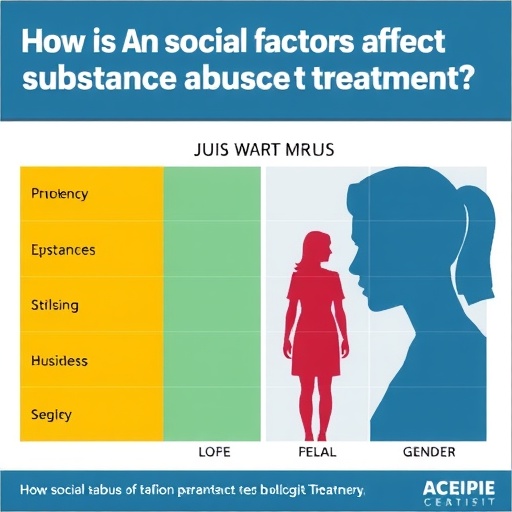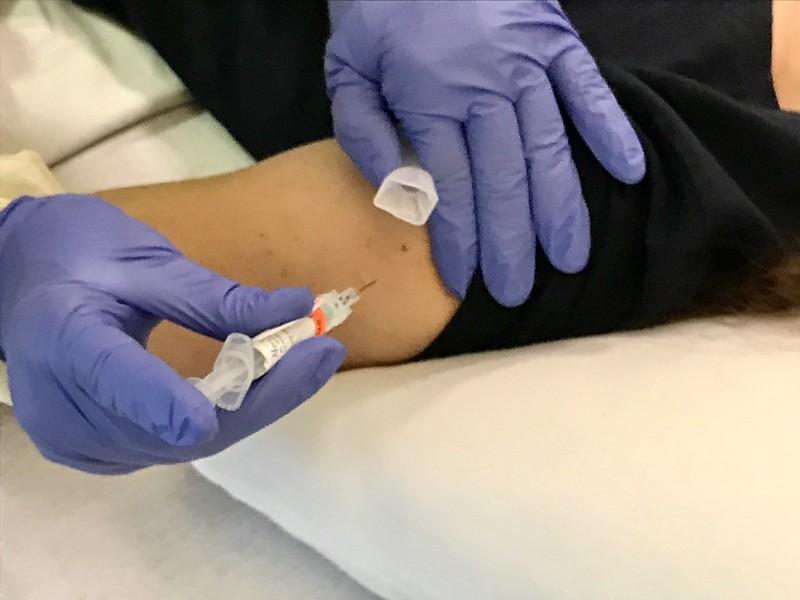Report on Detroit’s Ordinance Banning Smokeless Tobacco in Sports Venues and its Alignment with Sustainable Development Goals
Policy Overview and Implementation
The Detroit City Council has enacted an ordinance prohibiting the use of smokeless tobacco products, including alternative nicotine products such as pouches, within all professional sports stadiums and arenas in the city. The ordinance, which received final approval and took immediate effect, aligns Detroit with a growing national movement to create tobacco-free sporting environments. As a result of this policy, Comerica Park becomes the 18th Major League Baseball stadium to be designated as completely tobacco-free.
Alignment with Sustainable Development Goal 3: Good Health and Well-being
This municipal action represents a significant local contribution to the United Nations Sustainable Development Goal 3, which aims to ensure healthy lives and promote well-being for all at all ages. The ordinance directly supports key targets within this goal:
- Target 3.4: By aiming to reduce the prevalence and visibility of tobacco use, the policy contributes to the prevention of non-communicable diseases, a leading cause of premature mortality.
- Target 3.a: The ban strengthens the implementation of the World Health Organization Framework Convention on Tobacco Control by enacting a robust local policy to protect citizens from tobacco use.
The primary objective is to mitigate the serious health risks associated with smokeless tobacco for both athletes and the public, particularly impressionable youth who view players as role models.
Impact on Community Health and Sustainable Cities (SDG 4 & SDG 11)
The ordinance was championed by a coalition of public health organizations who emphasized its role in protecting young people. This aligns with SDG 4 (Quality Education) by sending a clear educational message that dissociates professional sports from unhealthy behaviors. Furthermore, the policy supports SDG 11 (Sustainable Cities and Communities) by making public assembly spaces safer and more inclusive for all residents.
A formal letter of support highlighted the core message: “This policy will send a simple and powerful message to kids: baseball and tobacco don’t mix.”
Key Stakeholders and Supporting Organizations
The ordinance was passed following a recommendation from the council’s public health and safety standing committee and a public hearing. Key support came from a coalition of agencies, including:
- The American Cancer Society
- Keep MI Kids Tobacco Free Alliance
- The Detroit Parent Network
National Context and Expansion of Existing Policies
This policy is part of a national effort that began in San Francisco in 2015 to make all MLB stadiums tobacco-free. It expands upon existing smoke-free and vape-free policies already in place at Detroit’s other major venues, including Ford Field and Little Caesars Arena, creating a more comprehensive public health standard across the city’s professional sports landscape.
1. Which SDGs are addressed or connected to the issues highlighted in the article?
SDG 3: Good Health and Well-being
- The article directly addresses public health by discussing the prohibition of smokeless tobacco products, which are known to cause serious health issues, including cancer. The letter of support from organizations like the American Cancer Society explicitly mentions that the use of these products “endangers the health” of both players and the youth who admire them. This aligns with the goal of ensuring healthy lives and promoting well-being for all ages.
SDG 11: Sustainable Cities and Communities
- The article focuses on a policy change within the City of Detroit, specifically an ordinance passed by the Detroit City Council. This action aims to make public spaces—in this case, professional sports stadiums and arenas—safer and healthier for the community. This relates to the goal of making cities inclusive, safe, resilient, and sustainable by improving the quality of public life and health within an urban environment.
2. What specific targets under those SDGs can be identified based on the article’s content?
Under SDG 3: Good Health and Well-being
- Target 3.4: By 2030, reduce by one-third premature mortality from non-communicable diseases through prevention and treatment and promote mental health and well-being. The prohibition of tobacco products is a key preventative measure against non-communicable diseases such as cancer, which is explicitly mentioned by the American Cancer Society in the article.
- Target 3.a: Strengthen the implementation of the World Health Organization Framework Convention on Tobacco Control in all countries, as appropriate. The ordinance passed by the Detroit City Council is a direct example of implementing strong tobacco control policies at a local level, which is a core component of this target.
Under SDG 11: Sustainable Cities and Communities
- Target 11.7: By 2030, provide universal access to safe, inclusive and accessible, green and public spaces. While stadiums are not green spaces, they are significant public spaces. The ordinance makes these venues safer from a public health perspective, particularly for the “impressionable youth” mentioned in the article, thus contributing to the creation of healthier and safer public environments within the city.
3. Are there any indicators mentioned or implied in the article that can be used to measure progress towards the identified targets?
Indicators for SDG 3 Targets
- Adoption of tobacco control policies: The article’s central point is the approval of a new ordinance by the Detroit City Council. The existence and enforcement of this ordinance serve as a direct indicator of progress in implementing tobacco control measures (relevant to Target 3.a).
- Prevalence of tobacco-free environments: The article explicitly states, “Comerica Park becomes the 18th Major League Baseball stadium to become completely tobacco-free.” This number (18) is a quantifiable indicator that measures the extent to which major public venues are adopting health-promoting policies, contributing to the prevention of non-communicable diseases (relevant to Target 3.4).
Indicators for SDG 11 Targets
- Implementation of policies for public space safety: The successful passage and immediate effect of the city ordinance prohibiting tobacco in all professional sports stadiums is an indicator of municipal action to improve the health and safety of its public arenas (relevant to Target 11.7).
4. Table of SDGs, Targets, and Indicators
| SDGs | Targets | Indicators |
|---|---|---|
| SDG 3: Good Health and Well-being |
|
|
| SDG 11: Sustainable Cities and Communities |
|
|
Source: cbsnews.com







